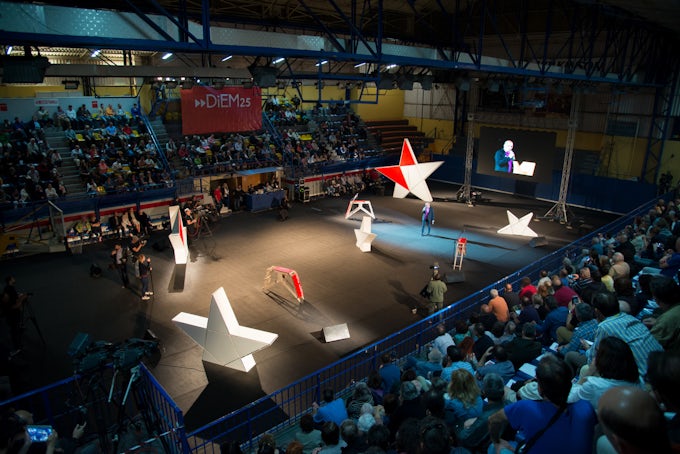Propagate Autonomy: On Jonas Staal, Captain America and Willi Münzenberg

Kim West approaches Staal’s practice through the question of propaganda and asks what a propagandist art could be. Drawing a constellation between the propagandist strategies of Staal, Captain America and Willi Münzenbergl, West reassembles their potential to rethink criticality as a position within the art system. Rather than denouncing art’s autonomy, the author champions a ‘socialist case for the autonomy of art’, claiming that ‘a truly progressive reform can only derive from it.’



